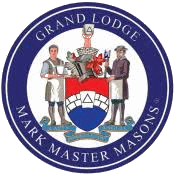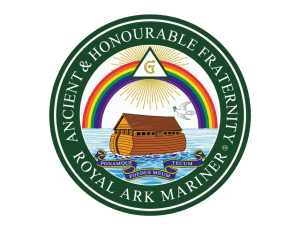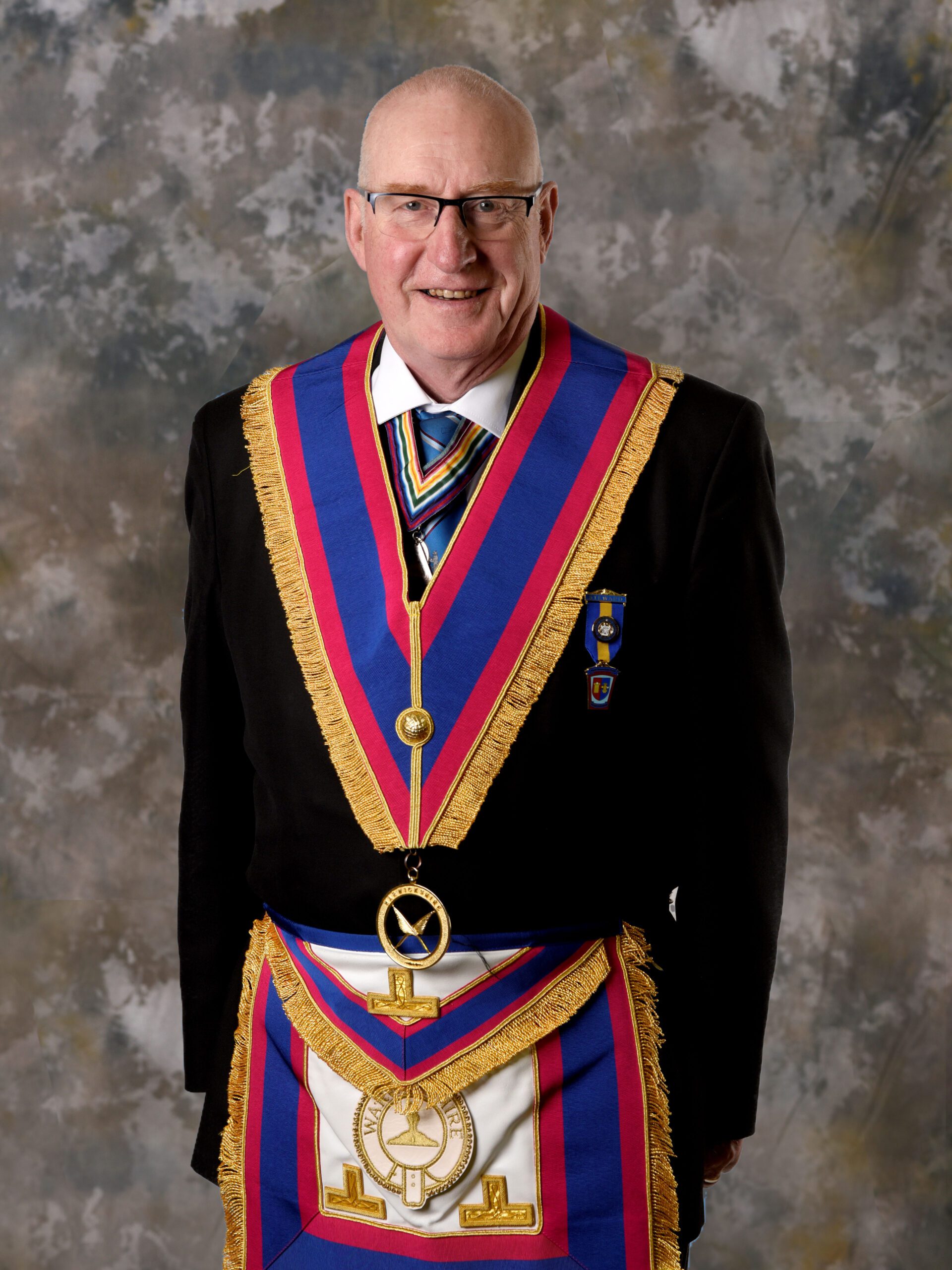Why Mark Masonry, What’s the story...?
The Magic of the Mark


Introduction
to the Mark Master Masons




The ceremony of Advancement is based on the preparation for the building of King Solomon’s Temple and follows the fate of an ambitious craftsman (the candidate) seeking promotion in his trade by demonstrating his skill and ability.
In the early part of the ceremony his talents go unrecognised and his hopes are dashed but eventually he triumphs over adversity and is justly rewarded for his work. It is a wonderful ceremony containing elements of drama and humour, and, above all, strong moral lessons.
The concept of Masons as “living stones” being built into a spiritual house in parallel with the construction of the Temple, is a powerful theme in the Degree.


In previous times when Craft Lodges were very hierarchical and formalised, Mark Lodges were seen as friendly and more egalitarian. This distinction is not so evident these days, but Mark Lodges continue to be seen as happy places, where the positives are accentuated and close friendships are valued.
Being the third largest order in terms of number, the Provincial team are able to be more involved with most Lodge meetings, offering support when wanted.
Accessible social events, involving whole families are an important part of the Mark ethos, and charitable giving continues to be essential when possible






The first mention of a brother being made a Mark Mason was at a Lodge in Newcastle in January 1756, although earlier references to a brother having “received his mark’ are known. However, it is not clear from these records whether a degree ceremony was being worked.
The earliest records of a speculative Mark degree being worked in England are those of Royal Arch Chapter No 257 at Portsmouth on 1 September 1769 when several brethren were made Mark Masons and Mark Masters. It was introduced to the Chapter by that very well-known Masonic figure, Thomas Dunkerley.
The early Mark Degrees were closely associated with the Royal Arch, as they still are in many parts of the world. Their development probably followed soon after that of the Royal Arch. Many different ceremonies were known to exist, parts of which would be recognisable to the present day.
It is also clear that the Mark Degrees were worked in Craft Lodges and in Royal Arch Chapters up until 1813. The existence of independent Mark Lodges at this time is not known, although one lodge, the Lodge of Hope, Bradford, conferred the Degree under a constitution originating from a body called “The Grand Lodge of All England, held at York’.


Successive Grand Masters have included many eminent freemasons including Earls and Dukes and members of the Royal Family, including the future Edward VII. Since 1982, H.R.H. Prince Michael of Kent has been Grand Master.
In Warwickshire
The Oldest Lodge in Warwickshire is Howe & Athol Lodge of Mark Master Masons, T.I. (formerly Howe M.M.M. lodge T.I. ) which reached its 150th anniversary in 2000. There are currently 26 Mark Lodges meeting throughout Warwickshire, and at most Masonic centers. They meet an average of 3 times a year, together with the usual committee meetings and Rehearsals.


The Ancient and Honourable Fraternity of Royal Ark Mariner, more commonly known as RAM, has been under the jurisdiction of the Grand Lodge of Mark Master Masons since 1871 and governed by the Grand Master’s Royal Ark Council. However, its early history is obscure. Statutes refer to Grand Lodge being reconstituted in 1772. It is recorded that the Grand Lodge of Mark Master Masons took possession of the rights to the Grand Lodge of Royal Ark Mariner on 10 June 1884 for just £25.
Lodges of Royal Ark Mariners assume the number of the Mark Master Masons Lodge to which they are attached. The Degree does not have a Provincial or District structure, it is governed by the administration for Mark Master Masons in each Province.
Qualification for membership is that of Mark Master Mason. A candidate for the Chair of Worshipful Commander must have been Worshipful Master of a lodge of Mark Master Masons, but a dispensation can be applied for where this is not the case.








As a result of this, a Craft Mason who joins other orders before the Mark Degree may be confused by their symbolism. Our degree aids your understanding by adding essential background to the history of the construction of the Temple, the importance of the Keystone and the
work of the Overseers. Interestingly, in other recognised constitutions, the Mark Degree can be conferred in either Craft Lodges or Royal Arch Chapters and indeed is an essential pre-requisite before exaltation into a Chapter can take place.


At least four other orders require you to be a Mark Master Mason before you can discover their symbolism and further aid your Masonic knowledge and journey.


As you would expect from the friendly Degree, we are a sociable order with a variety of Masonic, family and sporting activities for you to enjoy. Throughout the year we host many local and Provincial events from a family luncheon and a Burns Night, to golf and cricket tournaments and Masonic lectures and sponsored walks.


The Mark Benevolent Fund (Mark Benevolent Fund) is a registered charity which came into existence in 1868 on the suggestion of the Reverend George Raymond Portal, Grand Master of the Mark Degree.
His views on charity were far more radical and progressive than the general thinking of the time. He felt that for charity to be effective it had to be disbursed swiftly and without the bureaucratic formalities of other Masonic charities. To him it was wrong for there to be any delay in providing assistance to those in need and his own Latin tag “Bis dat qui cito dat” – he gives twice who gives promptly – became, and still is, the principal guideline of the Mark Benevolent Fund.







